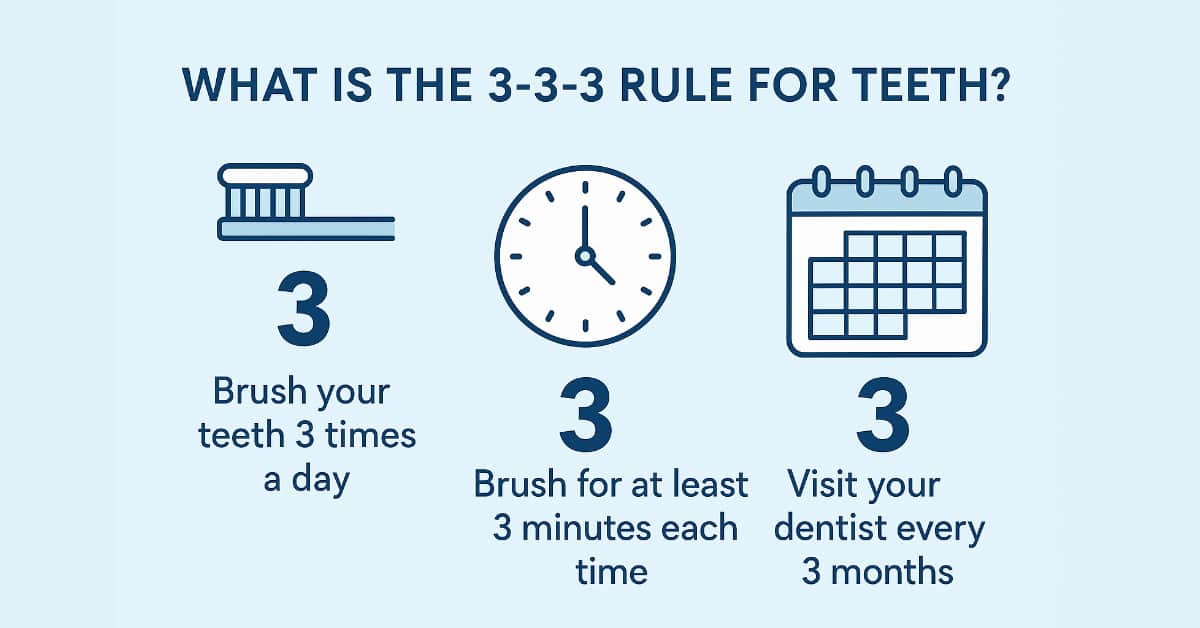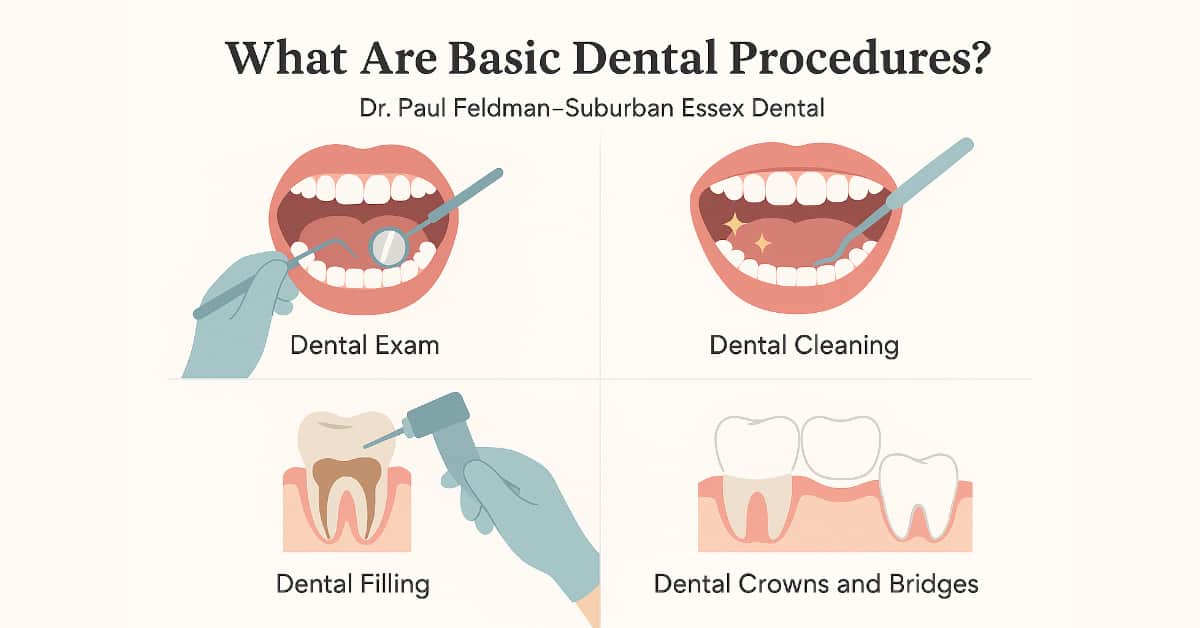All About Dental Crowns
When you look in the mirror, you might not feel happy with your smile, especially if there is a broken or damaged tooth. What’s more, a tooth that needs a cap may also cause pain or become infected. If a dentist told you there is something wrong with your tooth and a crown is indicated, take your time to explore the costs of this prosthetic device. If you choose this procedure, schedule it as soon as possible because a crown can solve many problems that might develop in a worn-down tooth. Remember, once the crown is cemented in your mouth, only a dentist can remove it. This long-term solution for a problem tooth could be your best option.
Why You Might Need a Crown
Here are reasons dental crowns may be the best option:
- A tooth is worn down, broken, or weak.
- The dentist already tried to fill this tooth on multiple surfaces.
- A dental implant must be covered.
- The dentist needs to anchor a dental bridge.
- A root canal has been performed on this tooth.
- The tooth is misshapen or severely discolored.
- A cosmetic adjustment is desired.
- There is such a large cavity a filling won’t do the job.
What is a Crown?
The top of a human tooth is covered with enamel. If this protective material breaks down over time, then a tooth can get damaged. If the dentist believes a crown is indicated, he or she will create a cap that fits precisely over the tooth. This technique will prevent the tooth from developing further bacterial infections and decay, and improve the tooth in terms of its size, strength, and appearance.
What to Expect
Your dentist may suggest a crown, and this costly procedure may not be covered by insurance. There will be at least two appointments unless you choose a same-day crown.
The First Appointment
- The dentist will drill down the top surfaces of the tooth.
- An assistant will take an impression of this part of your mouth to send to the lab so a custom crown can be created.
- A temporary cap will be applied to cover the tooth.
The Second Appointment
- The dentist will remove the temporary cap and check your tooth.
- He or she will cement the crown into place. Expect that your tooth will be fully encased, including every angle observable at or above the gum line.
Other Options to Discuss With Your Dentist
There are other options to discuss with your dentist if you don’t wish to save this tooth.
A dentist can create a bridge, but there must be a nearby tooth strong enough to anchor it.
You can have a tooth extraction and get a dental implant.
Whether to choose a crown, a bridge, or an implant is a big decision. It helps to think of bridges as prosthetic devices that effectively replace multiple teeth. When you obtain a bridge, it looks so real that it truly restores the natural look to your smile.
Explore the Types of Dental Crowns
Most offices offer patients several options that help them manage the cost of each crown. Basically, you are paying for a manufactured tooth.
Here are a few types of dental crowns on the market today:
- Ceramic crown
- Porcelain fused to metal crown
- Gold alloy crown
- Base metal alloy crown
Some dental insurances pay a higher portion of the cost if you order a metal crown. If you choose one of the porcelain fused to metal or ceramic options, not to mention a gold crown, you should expect to pay more.
Although porcelain fused to metal crowns have metal inside, the outsides are covered with a shade of porcelain closely matching your tooth. There may be a visible metal line along the edge of the tooth where it meets the gum.
Potential Discomfort
The process of applying a crown is similar to getting a filling. You will receive a local anesthetic through oral injection to the targeted area of the mouth. A dentist will use a drill to file down the tooth and reform it into a smaller base. Any signs of tooth decay must be removed before preparing the base to support the cap. Once a newly-made crown is cemented into its proper place, it should make your tooth look and feel natural again.
Additional Considerations
When you choose a crown, a dentist replaces a damaged tooth with a prosthetic device. Each crown has the potential to last for the rest of your life. However, it could also become damaged. Use these tips to maintain good oral health and preserve the longevity of the crown:
- Perform regular brushing twice a day and floss at least once a day.
- Keep appointments for regular dental checkups and cleanings.
- Avoid chewing foods that are hard, such as ice, tough meat, and candy.
- Don’t put objects in your mouth or chew on objects.
Once you invest in dental crowns, you should feel more inclined to do daily flossing and brushing routines. Talk to your dentist about purchasing a special rinse that reduces the incidence of bacterial infections in your mouth. Such infections are typical in patients with missing or damaged teeth and/or gum disease.
In Conclusion
Replacing a tooth with a crown can give you the look and feel you want. However, as with any doctor, it is vital to find the right dentist. We would like to assure you that by choosing Dr. Paul Feldman at Suburban Essex Dental you will be receiving the best dental treatment.
The Suburban Essex Dental office is located in West Orange, NJ in Essex County. For the past eight years, New Jersey Monthly has voted Dr. Feldman on of the top dentists in the state of New Jersey.





